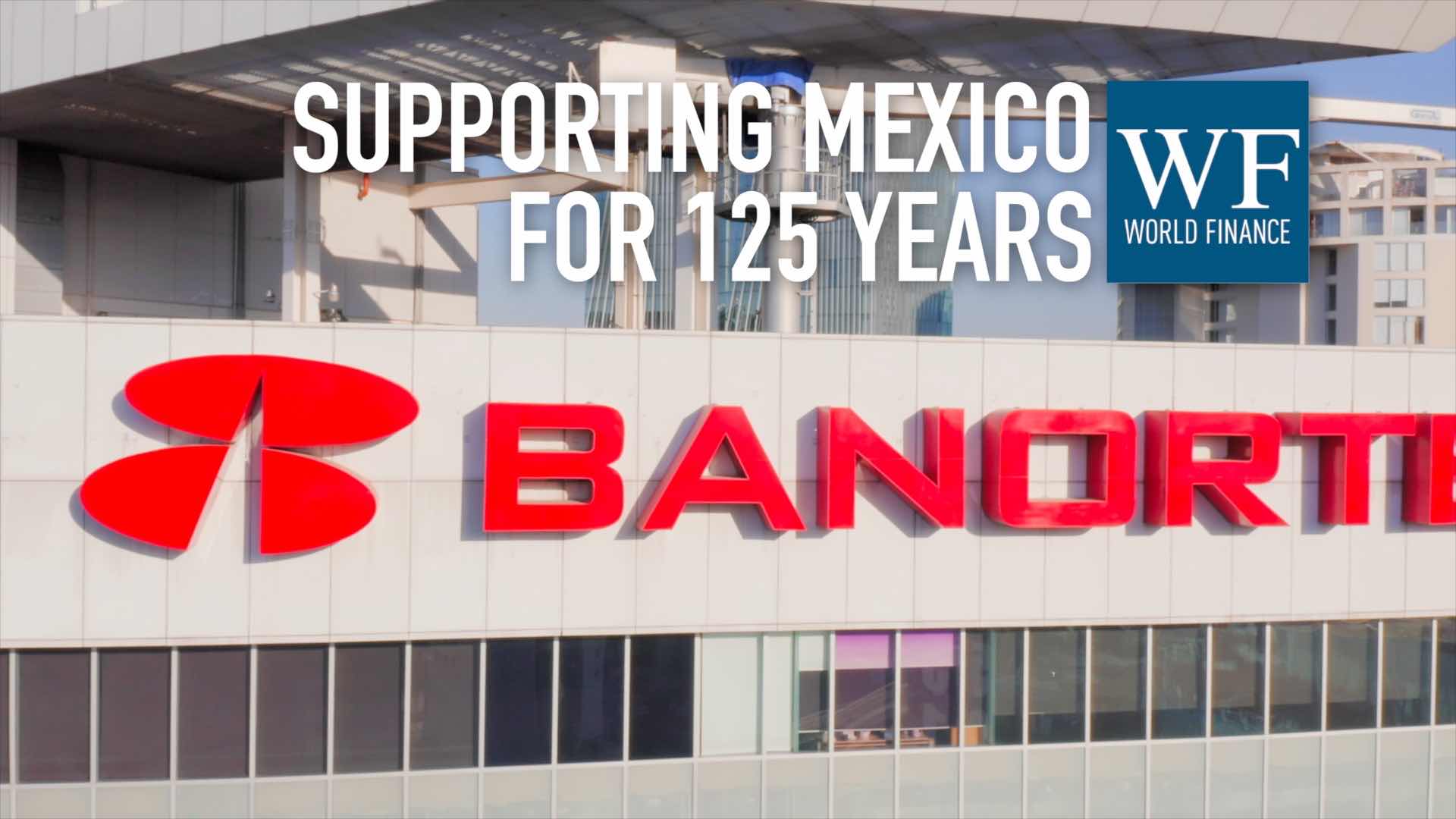Choosing an investment strategy: Learn from advisors’ experience
Learning from others' experience is something that investors as well as advisors should spend more time and attention on, says Brown Brothers Harriman's Scott Clemons
Related:
Transcript
Dramatic valuation increases in the equity markets mean investors are taking on more risk, says Scott Clemons, Chief Investment Strategist for Brown Brothers Harriman. He explains a recent trend in asset allocation from fixed income to equities, and how investors can become more active in their approach.
World Finance: Choosing a passive investment strategy might seem the safest long-term bet, but it brings inherent risk. Excessive diversification has also proven to be an inadequate tool for managing risk.
So where is the middle ground? Scott Clemons shares his insight.
So first, are investors more or less at risk since the global financial crisis?
Scott Clemons: Kumutha I think they are, in the simple sense that valuation is the best measure of risk. Valuations of equity markets either here in the US, where I am, or in Europe or abroad, have risen dramatically, since the worst days of the global financial crisis. So the risks that remain in the market remain without the margin of safety that lower valuations might bring. So yes, I think this is a riskier investment environment.
World Finance: Very interesting, now with the global ageing population increasing, frankly, in its demographic, are you seeing more turning to passive investments, such as index funds?
Scott Clemons: The real shift that we’ve seen in asset allocation isn’t so much between active and passive, because of demographics, but it’s from fixed income and into equities. And that is a reflection largely of a lack of yield available in global fixed income.
Traditional asset allocation would have an investor raise his or her allocation to the safety of fixed income as they age, but that safety comes without any yield. So investors have really had no choice, but to remain in equities versus fixed income. And, that is the shift we have seen demographically, as well as, reflecting the global nature of interest rates in this market.
World Finance: So what is the inherent risk that lies within these indices?
Scott Clemons: Well, Kumutha there is no such a thing as an investment without risk, and I worry that sometimes investors confuse the label ‘passive’ with the connotation of ‘risk free’ and it is not. For example, there is an investment strategy baked into the fundamental approach of any index fund.
Most index funds are based on market capitalisation. So the larger a company is, the number of shares outstanding; times the price of those shares; the more of it an index fund has to buy – It is the essence of a price momentum strategy.
When markets are going up, price momentum is great. It is a strategy that works. But when markets turn down a price momentum approach, such as that imbibed with an index fund, it can be quite painful, as we learnt in 2008, 2009, during the global financial crisis, and really in any bear market in equities. We see price momentum on the down side: that is all an index fund provides.
World Finance: So if the solution is to be a more active investor who insists on transparency in the investment process. How does one go about achieving that ideal?
Scott Clemons: I am afraid it takes some work. The beauty of passive investing is a thoughtless, if you will, approach to owning equities or owning any asset class. And, by active approach: don’t confuse active approach with a frequency of trading, or high trading type approach. It simply means understanding what the underlying investment strategy is, in whatever fund you are using, and comparing it to the alternatives.
So if, on one hand, an index approach is largely a price momentum strategy, investors should compare that to other strategies such as a value based strategy, or a fundamental based strategy and then decide which of the options on offer are best aligned to supporting their goals.
World Finance: Now when it comes to passing wealth to future generations, should one’s investment portfolio goals equally shift?
Scott Clemons: Absolutely, and if you look at the shear scale of wealth that’s likely to be transitioned over the next generation, largely because of the demographic trends that you’ve identified. Investors are already confronted with the opportunity and the challenge of investing, not only for their own lifetime, but also for the lifetime of their children, their grandchildren; as well planning for philanthropic goals.
So I think the old traditional approach of making sure you have enough money to prepare for retirement, and for healthcare in your later years; as wealth levels rise, begin to encompass the broader goals of the next generation as well. Investors are well advised to think about that, as they create their asset allocation.
World Finance: Finally, how can advisors to wealthy families help with that transition?
Scott Clemons: Well, if you think about the wealth transition that families go through. Most families only ever experience that maybe twice at most: One when the current generation inherits their wealth from their parents, and then again, when they pass it onto their children. So they have two data points of experience to draw on.
Advisors on the other hand; accountants, financial advisors, investment advisors, have a whole wealth – a breadth – of information and experience of how those transitions take place. Simply by asking the question of your advisory team, you can uncover paths to failure, paths to success. You can learn vicariously from the experience of others. It’s something that both investors, as well as their advisors, should spend more time and attention on.

 Grupo Financiero Banorte: Supporting Mexico for 125 years
Grupo Financiero Banorte: Supporting Mexico for 125 years Investing in innovation: TITAN Group’s €40m commitment to transform construction
Investing in innovation: TITAN Group’s €40m commitment to transform construction
